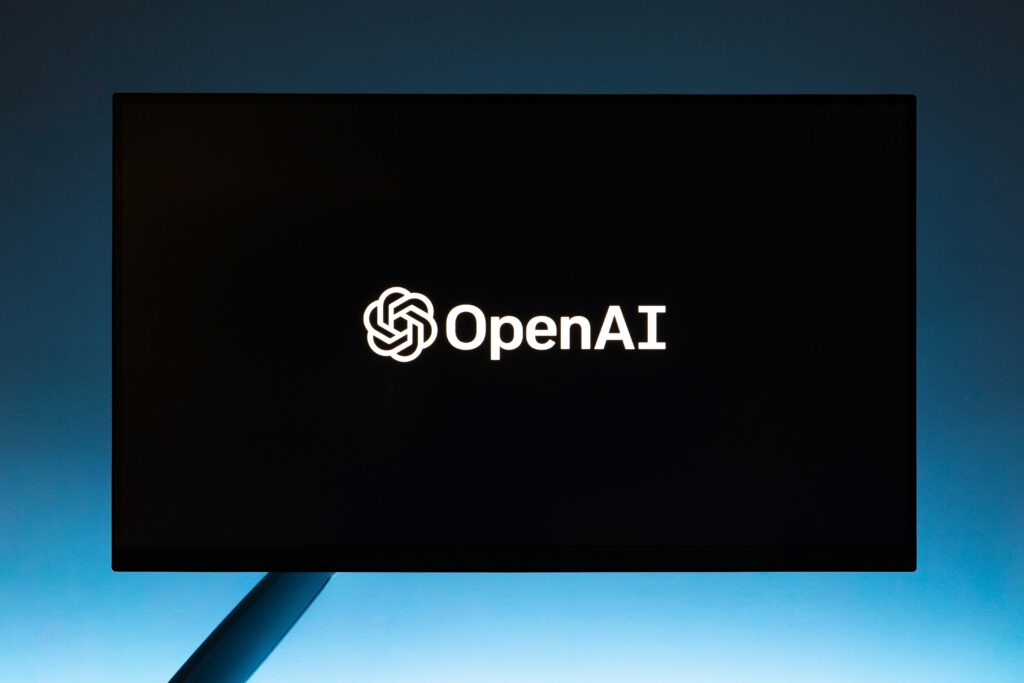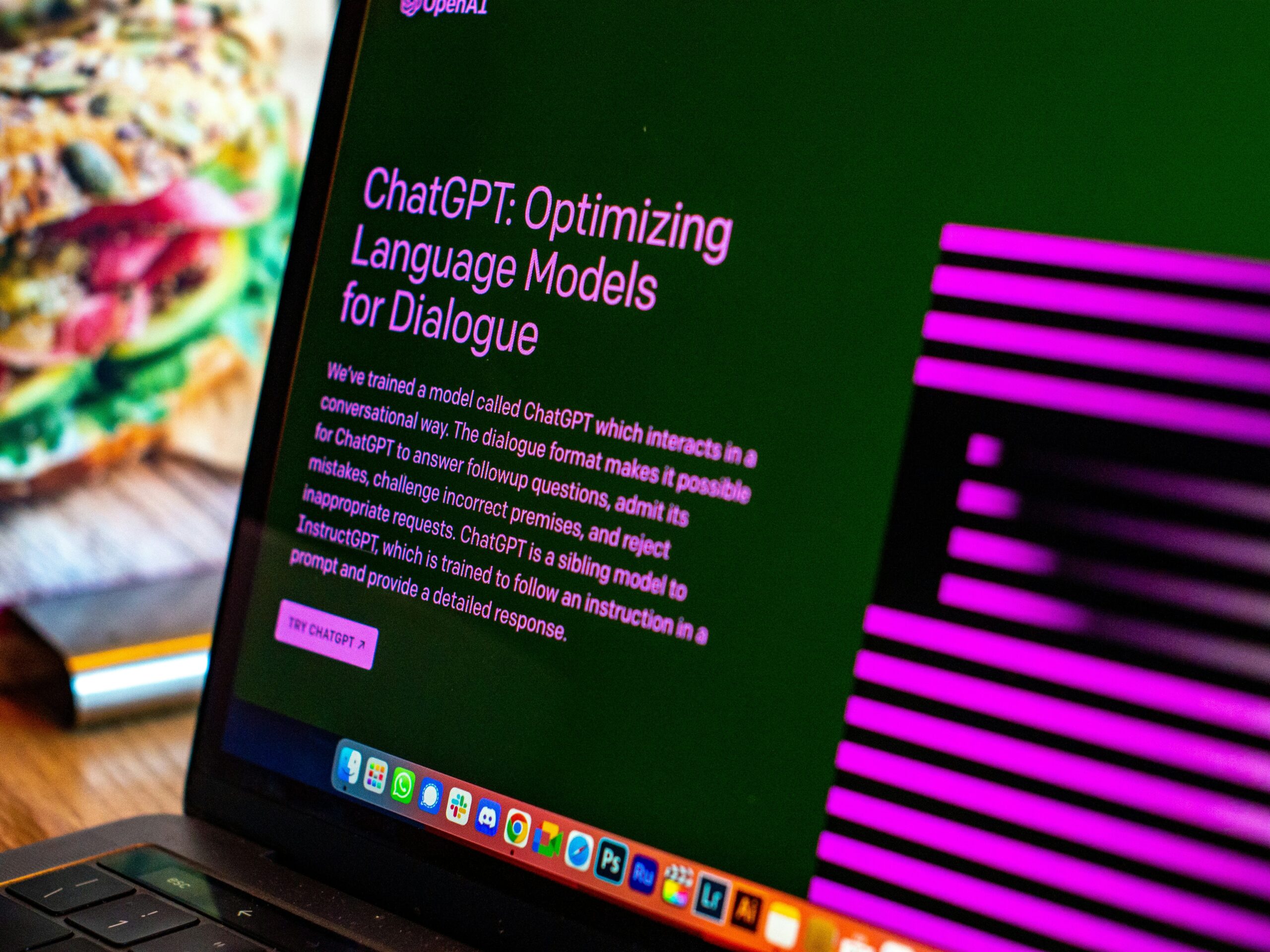AI has made huge strides, but finding professionals with real, on-the-ground experience is still no easy task. Tools like ChatGPT, Perplexity, or Gemini can process and summarize information from what’s already online, but they can’t replicate the insights you get from experts who’ve lived and worked in the field. Why? Because these people rarely post their hard-earned knowledge on the internet.
And that’s where the core dilemma of doing business in the AI era comes in. We have access to more information than ever before, yet we often miss what’s actually happening on the ground.

Where AI Excels and Where It Struggles
When ChatGPT first launched, it felt revolutionary. What once took days of research and writing could suddenly be done in hours. Today’s AI can scan hundreds of reports at once, process them without fatigue, and even break down language barriers by delivering results in the language you prefer.
Still, AI has its blind spots.
1) Missing the Local Context
AI might tell you that halal certification is critical in Indonesia. But it will not know how shoppers actually check for it in the market or how they can tell a real certificate from a fake. That kind of nuance only comes from being there on the ground.
2) Struggling With Human Dynamics
In Thailand, understanding the cultural value of kreng, which is the hesitation to impose on others, is essential. A “yes” in a meeting may not be agreement at all. Subtle relationship dynamics like this are easy for people to sense but difficult for AI to capture.
3) Cut Off From Informal Networks
In Singapore’s fintech scene, the most valuable insights often surface in casual conversations at private meetups. Early whispers about regulatory changes or shifts in investor strategies rarely make it into public announcements, and these are still out of reach for AI.

Why Asia Is Even More Complex
Asia is one of the most diverse and challenging markets in the world. Entering it without thorough preparation is risky. The region spans massive contrasts, from China’s 1.3 billion people to Singapore’s 7 million, a population gap of nearly 200 times. In some parts of China, differences between regions can feel like differences between entire countries.
1) Extreme Diversity Between Countries
Even neighboring nations can be worlds apart in business culture:
- Korea: Fast decisions, hierarchical structures, relationship-driven
- Japan: Careful review, consensus-based, procedure-focused
- China: Large regional gaps, guanxi culture, strong government influence
- Southeast Asia: Religious diversity, colonial history, family-run businesses
- Hong Kong & Taiwan: International business hubs with high English usage, yet distinct cultural traditions and regulations
2) Complex and Shifting Regulations
Laws and regulations change rapidly across the region. Simply reading the legal text isn’t enough when dealing with requirements like Vietnam’s cybersecurity law, India’s data localization rules, or Malaysia’s halal policies. You need to understand how these rules are interpreted in practice, and that knowledge comes only from local experience.
For example, one global IT firm used AI to analyze India’s data localization policies. However, the technology couldn’t answer the most critical questions about what specific kinds of data were affected or the extent of localization truly required. These crucial details could only be found by speaking directly with local experts.

The Challenge of Finding True Experts
In Asia, not everyone with “10 years of local experience” is truly an expert. The people who can genuinely move your business forward tend to have:
- Proven Results – not just “3 years in Vietnam,” but “exceeded market entry targets by 150% in the first year.”
- High-Value Networks – real access to decision-makers, not just a large contact list.
- Crisis Management Experience – handling regulatory changes, political risks, and other high-pressure situations.
- Cultural Bridge Skills – acting as a genuine link between local teams and global headquarters.
Finding these people isn’t simple. Language barriers, busy schedules, and the need for mutual trust all get in the way. Many top experts prefer long-term relationships over one-off consulting, so you also need a suitable engagement structure.
How to Connect with the Right Experts
The most effective way is through an Expert Network Service (ENS)—companies that connect clients with vetted professionals who have deep local knowledge. With a clear brief, these services can introduce you to experts who’ve actually navigated the market firsthand, allowing you to conduct interviews and gain practical, actionable insights.
At Lianson & Company, we have the largest expert pool in Asia. Partnering with Remember, we can reach over 5.1 million experts in Korea alone, and through collaborations with local ENS providers, we can match you with global experts within 48 hours.
If you want to speak directly with someone who has the insights you need for your industry, click here to get started today.



답글 남기기